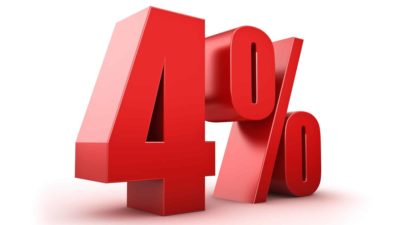Buying high-yield dividend stocks could be a means of improving your retirement prospects, as well as boosting your retirement income. They offer a higher prospective return than other mainstream assets, such as cash and bonds, and could therefore boost your financial outlook.
However, dividend stocks also come with higher risks than other assets. As such, many investors and retirees may be dissuaded from purchasing them.
Here's how you can limit that risk, and improve your financial outlook with dividend shares.
Diversification
Perhaps the most obvious action you can take to reduce the risks associated with dividend stocks is diversification. The aim of diversification is to limit the impact of one company's poor performance on your wider portfolio.
For example, a stock may reduce or cancel its dividend payments due to it having experienced challenging trading conditions. In a diversified portfolio, this may not make a major difference to your overall returns. But in a portfolio that contains a small number of companies, it could be highly detrimental to your financial prospects.
As such, owning a wide range of stocks could be a highly worthwhile move. It can help to limit company-specific risks, which could lead to higher overall returns and a larger income in the long run.
Track record
Companies with strong track records of profitability and dividends may offer less risk than other businesses. Moreover, stocks with strong past performances in a variety of operating conditions may be more attractive than cyclical businesses that have highly changeable performances depending on the economic environment.
Therefore, analysing a company's past performance during periods of economic growth and during downturns could be a good idea. Since the world economy faces an uncertain period at the present time following the coronavirus outbreak and due to political risks in the US, companies that offer financial stability during such times could be highly attractive.
Mature businesses
Mature businesses operating in mature industries may offer greater stability than younger companies that are focused on fast-growing sectors. Mature companies may not require vast amounts of capital to grow, and they may be able to pay a large proportion of their profit to shareholders in the form of dividends.
The track record of the stock market shows that a large portion of its total returns have been derived from the reinvestment of dividends. Therefore, obtaining a reliable income stream from your investments may not only provide a solid passive income in retirement, it may enable you to grow your retirement nest egg at a relatively fast pace.
Spare cash
While investing in dividend stocks can improve your retirement prospects, having some spare cash for emergencies is always a good idea. It can provide peace of mind for unexpected events, while the remainder of your portfolio provides a potent mix of capital growth and income potential from dividend shares.








